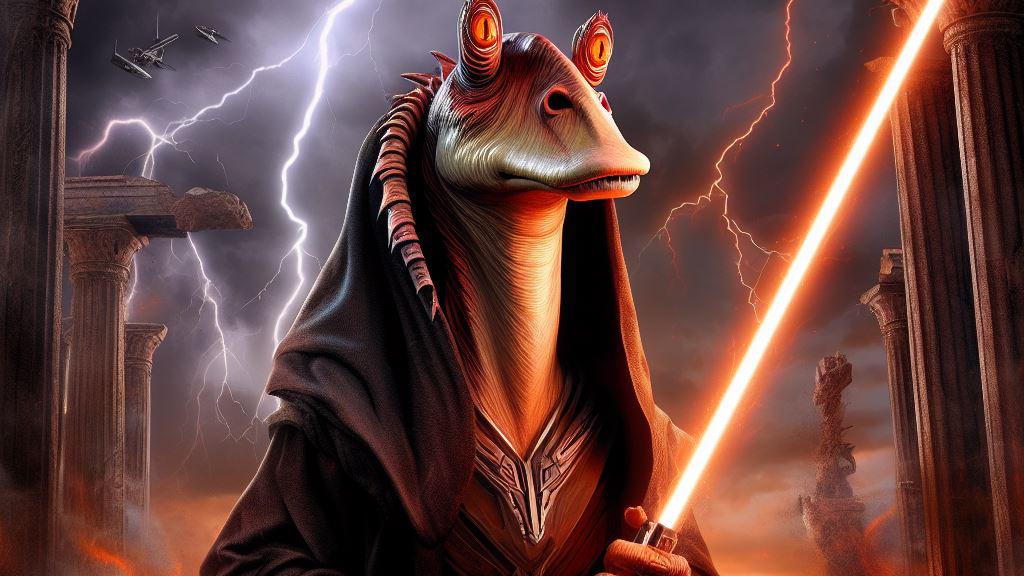In the Star Wars universe, where lightsabers clash and the Force weaves its intricate tapestry, the prequel trilogy stands as a polarizing chapter in the epic space opera.
While The Phantom Menace, Attack of the Clones, and Revenge of the Sith delved into the origins of beloved characters and the tumultuous events leading to the rise of the Galactic Empire, they left some fans yearning for more.
Enter the realm of fan theories—speculative narratives and imaginative reinterpretations that have taken the Star Wars mythos to unforeseen heights, often proving more engaging than the prequels themselves.
As the galaxy far, far away continues to expand through the minds of passionate fans, the wealth of creative interpretations and speculative ideas has given rise to a new frontier of storytelling.
From Sith Lords hiding in plain sight to alternative destinies for key characters, these fan theories push the boundaries of what we thought we knew about the galaxy’s heroes and villains.
It’s time to set aside the lightsabers of canon and delve into the mystique of the fan-created narratives, where the Force takes on new shapes, destinies unfold in unforeseen ways, and the galaxy’s secrets are unveiled in the most unexpected corners of the Star Wars universe.
Palpatine Created Anakin Skywalker
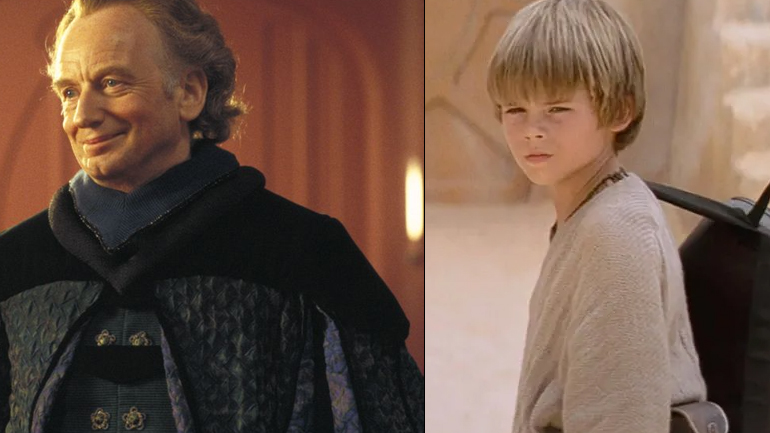
Few Star Wars fan theories have generated as much intrigue and controversy as the notion that Emperor Palpatine, the puppet master of the galaxy, was directly responsible for the creation of Anakin Skywalker.
This theory challenges the established narrative of Anakin’s immaculate conception and introduces a sinister layer to Palpatine’s machinations, suggesting that he manipulated the Force itself to bring about the Chosen One.
According to this captivating theory, Palpatine, a master of the dark side, harnessed the ancient Sith knowledge to influence the Force and manipulate midichlorians—the microscopic entities that connect living beings to the Force.

The idea proposes that Anakin’s mother, Shmi Skywalker, was not a random victim of circumstance, but rather a pawn in Palpatine’s grand design.
By engineering the birth of Anakin without a natural father, Palpatine sought to create a powerful Force-sensitive being who would ultimately serve as his instrument of control.
This theory delves into the darker, more mysterious aspects of the Force, suggesting that Palpatine’s reach extended beyond political maneuvering and into the very fabric of the galaxy’s spiritual energy.
By weaving Anakin into the tapestry of destiny, Palpatine aimed to secure an apprentice with unparalleled Force potential, capable of carrying out his plans to reshape the galaxy.
The implications of such a theory are profound, introducing a level of manipulation that extends back to the very origins of the Skywalker lineage.
It challenges the notion of Anakin as a purely natural Force occurrence and transforms him into a pawn in Palpatine’s cosmic chess game.
This narrative twist not only reshapes the perception of Anakin’s destiny but also adds a layer of tragedy to his character, as he unwittingly becomes the embodiment of the dark side’s insidious influence.
While this theory may not be embraced by all fans, its popularity lies in its ability to reframe the prequel trilogy’s central character and provide a new lens through which to view the intricate dance between the light and dark sides of the Force.
Palpatine Drained Padme’s Life Force To Fuel Vader

This theory posits that Emperor Palpatine, the sinister puppet master, drained Padmé Amidala’s life force to fuel the creation and sustenance of Darth Vader.
It adds a chilling layer to the tragic love story at the heart of the prequel trilogy, positing that Palpatine’s manipulation extended far beyond political machinations and into the very essence of life itself.
According to this unsettling theory, Palpatine, a practitioner of the dark side adept at manipulating life energies, exploited Padmé’s strong connection to Anakin Skywalker.
In the theory’s narrative, the secret anguish and inner turmoil of Anakin over his impending fall to the dark side provided a wellspring of potent emotions for Palpatine to harness.
As Anakin succumbed to the dark side and embraced his role as Darth Vader, Padmé’s life force allegedly became a vital source of energy to sustain the Sith Lord’s new apprentice.
This theory reshapes the tragic demise of Padmé from a result of a broken heart to a deliberate act of malevolence.
It suggests that her mysterious death, often attributed to a loss of will to live after Anakin’s fall, was, in fact, a calculated move by Palpatine to strengthen Vader and bind him more closely to the dark side.
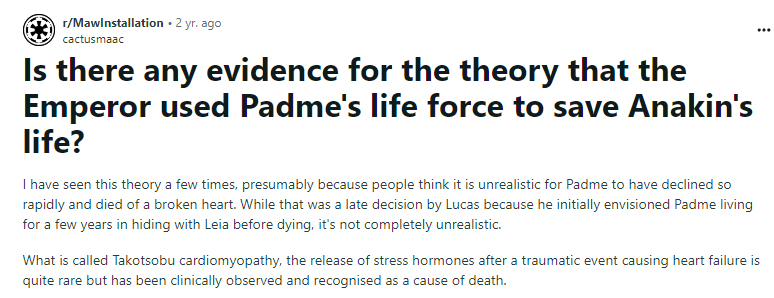
The theory taps into the eerie and mystical elements of the Force, painting Palpatine as a manipulator not only of events but of life itself.
While this theory introduces a darker and more sinister dimension to the Star Wars saga, it also prompts reflection on the depth of Palpatine’s malevolence.
The idea that he would exploit the love between Anakin and Padmé to further his own agenda adds a layer of tragedy to an already sorrowful tale.
However, it is essential to note that this theory remains firmly within the realm of fan speculation, as the Star Wars canon has not officially endorsed such a narrative twist.
Qui-Gon Jinn Knew Anakin Was Going To Become Darth Vader
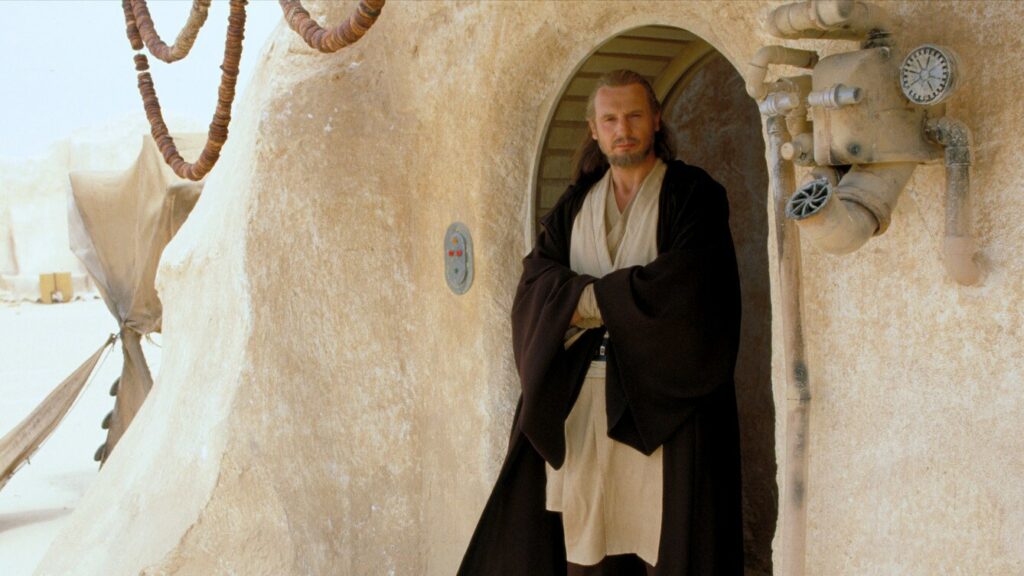
This theory states that the wise Jedi Master, portrayed by Liam Neeson in The Phantom Menace, possessed a deeper understanding of the Force and the galaxy’s destiny than initially portrayed.
According to proponents of this theory, Qui-Gon not only sensed Anakin’s potential as the Chosen One but also foresaw the dark path that awaited him.
In The Phantom Menace, Qui-Gon Jinn is portrayed as a maverick within the Jedi Order, guided by a strong connection to the living Force.
This theory suggests that Qui-Gon’s unorthodox methods and unwavering belief in Anakin were not mere chance but rather a deliberate strategy to set in motion events that would lead to the rise of Darth Vader and, ultimately, the fulfillment of the prophecy.
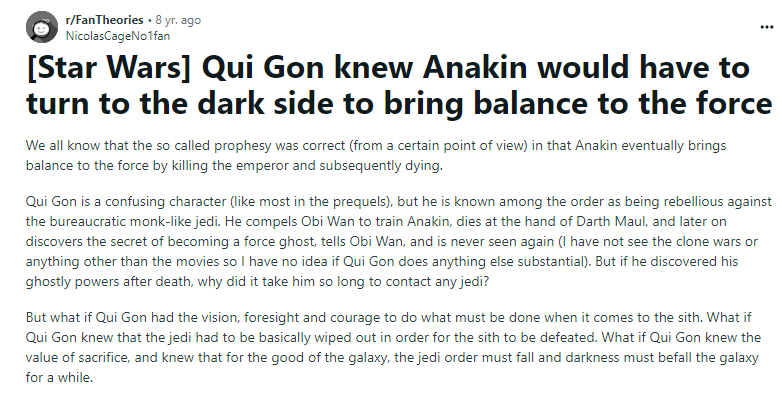
Qui-Gon’s willingness to defy the Jedi Council and train Anakin, despite the Council’s reservations, takes on a new dimension when viewed through the lens of this theory.
Proponents of this idea argue that Qui-Gon, having glimpsed the broader scope of the Force, recognized that Anakin’s destiny was intertwined with the balance between light and dark.
By training Anakin, he aimed to ensure that the Chosen One would be in a position to confront the dark side when the time came.
This theory transforms Qui-Gon Jinn from a well-intentioned Jedi into a master strategist, navigating the currents of destiny to bring about a greater balance in the Force.
The implications of Qui-Gon’s supposed foreknowledge add complexity to the character’s legacy and reshape the prequel trilogy’s narrative.
If true, this theory suggests that Qui-Gon was not merely reacting to events but actively shaping the destiny of the galaxy.
Mace Windu Didn’t Die In Revenge Of The Sith
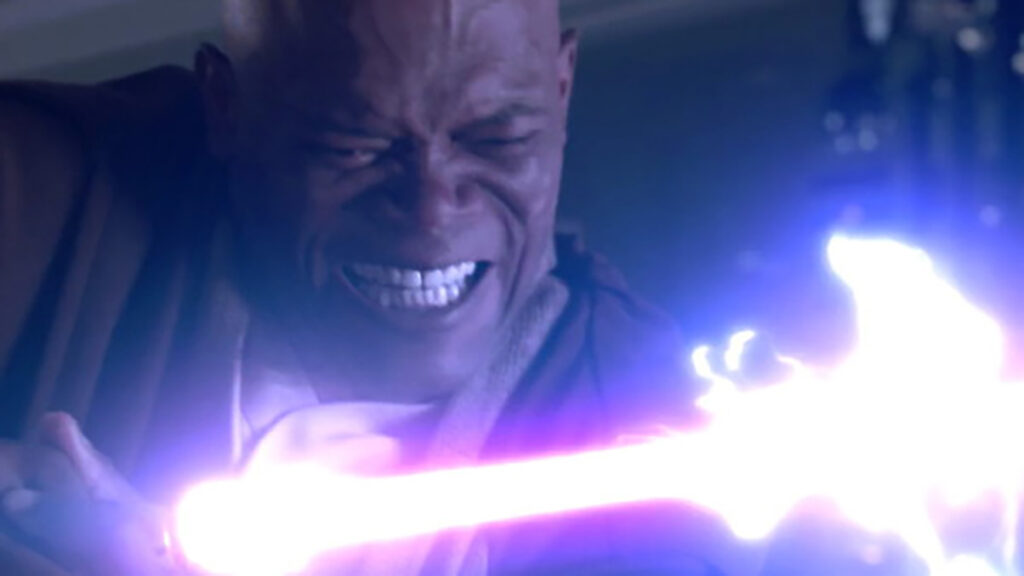
The idea that Mace Windu, the formidable Jedi Master portrayed by Samuel L. Jackson, survived his seemingly fatal encounter with Emperor Palpatine in Revenge of the Sith has intrigued fans and sparked speculation.
According to this theory, Mace Windu’s fate may not be as clear-cut as it initially appeared, and the Jedi Master might have found a way to cheat death.
In the climactic scene atop the Galactic Senate building, Mace Windu confronted Palpatine, and the two engaged in a fierce lightsaber duel.
Anakin Skywalker, torn between loyalty to the Jedi and fear for Padmé’s safety, intervened at a critical moment, ultimately leading to Mace Windu’s defeat.
As Palpatine unleashed a barrage of Sith lightning, Mace was seemingly thrown out of the window to his demise.
However, fans subscribing to the theory that Mace Windu survived propose alternative scenarios. Some suggest that Mace may have used his mastery of the Force to cushion his fall, finding refuge in the underbelly of Coruscant.

Others propose that Windu tapped into a technique associated with the dark side, such as Sith alchemy or essence transfer, to preserve his life force.
The intrigue surrounding Mace Windu’s survival theory lies in the character’s resilience and the tantalizing prospect that this powerful Jedi Master might still be alive, biding his time in the shadows.
The theory opens up the possibility for Mace Windu to make a dramatic return, perhaps as a secret guardian of the Force, silently working against the remnants of the Empire.
Anakin Used The Force On Padme Subconsciously

One particular theory revolves around the notion that Anakin Skywalker, the central figure in the prequel trilogy, subconsciously employed the Force to influence Padmé Amidala.
This theory delves into the complex dynamics of Anakin and Padmé’s relationship, suggesting that the Force, with its mysterious and often unpredictable ways, played a role in their connection.
Proponents of this theory point to instances where Anakin’s emotions seemed to manifest in unexplained ways, impacting Padmé’s feelings and decisions.
The theory posits that Anakin, fueled by his deep love and attachment to Padmé, unintentionally projected his emotions through the Force, subtly swaying her thoughts and actions.
This could range from moments of unspoken understanding to influencing Padmé’s decisions, ultimately shaping the course of their shared destiny.
Anakin’s powerful connection to the Force, coupled with his struggle to control his emotions, serves as the foundation for this theory.
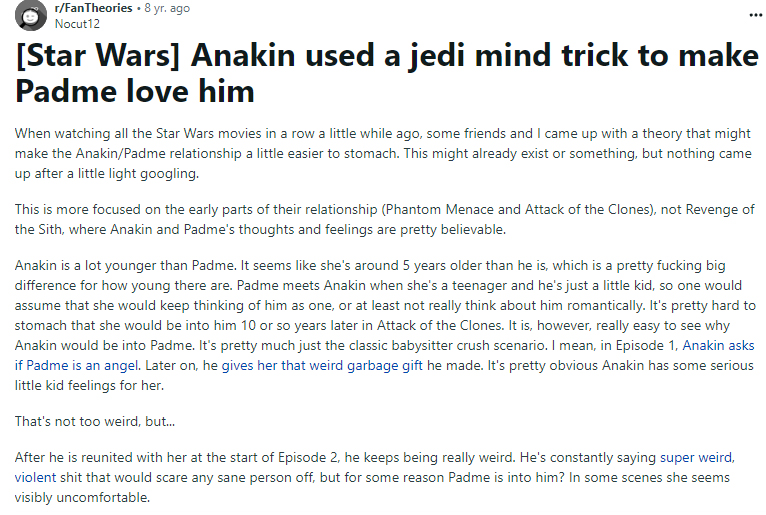
Moments like Padmé’s abrupt change of heart about Anakin’s turn to the dark side and her overall conflicted feelings could be attributed to the Force acting as an unseen conduit between the two.
The theory adds a layer of nuance to Anakin’s internal struggles, suggesting that his emotional turmoil transcended the physical and extended into the metaphysical realm of the Force.
Anakin’s journey, characterized by passion, fear, and ultimately tragedy, takes on a more mystical dimension when viewed through the lens of this theory.
Whether intentional or not, Anakin’s subconscious use of the Force on Padmé adds depth to their narrative.
Obi-Wan Left Anakin Alive On Mustafar Because Of The Prophecy
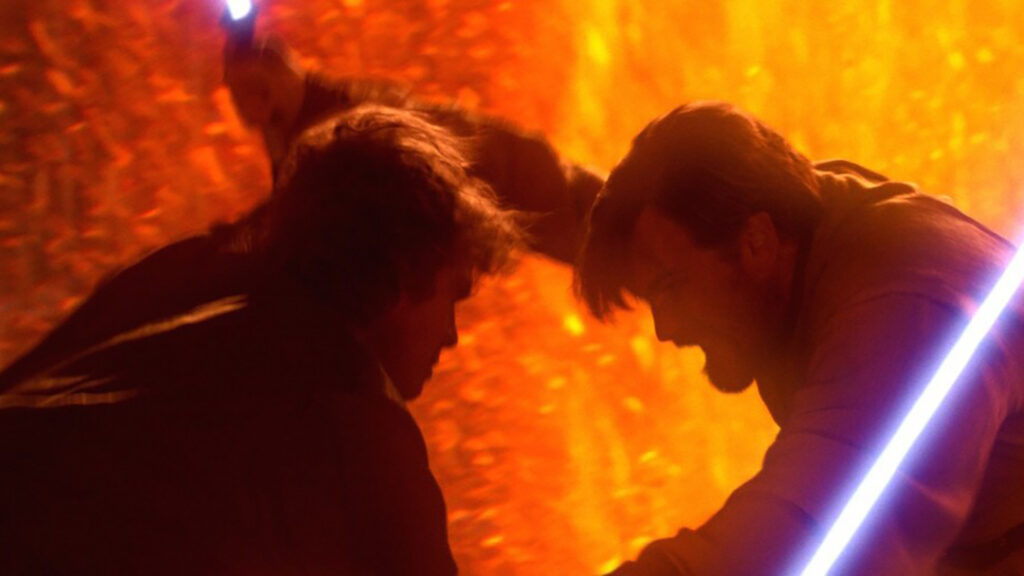
A compelling and thought-provoking theory suggests that Obi-Wan Kenobi’s decision to leave Anakin Skywalker alive on the lava-covered world of Mustafar was influenced by the prophecy of the Chosen One.
This theory proposes that Obi-Wan’s actions were not solely driven by revenge or despair but were a calculated response to the ancient prophecy that foretold the coming of a chosen individual destined to bring balance to the Force.
As Anakin succumbed to the dark side, becoming Darth Vader, Obi-Wan found himself in a heartbreaking position on the fiery plains of Mustafar.
Instead of delivering a killing blow, some fans speculate that Obi-Wan, aware of the prophecy and its implications, chose to spare Anakin’s life in hopes that the Chosen One would fulfill their destiny and restore balance to the Force.
This theory suggests that Obi-Wan, guided by a profound understanding of the Force and the ancient prophecy, believed that Anakin’s ultimate purpose might transcend the immediate darkness that consumed him.
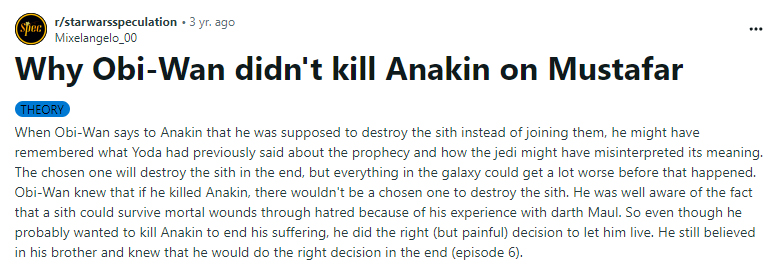
In this interpretation, Obi-Wan’s anguished expression upon leaving Anakin is not only a reflection of the pain of betrayal but also a testament to the sacrifice he felt compelled to make for the greater good.
This theory invites fans to reconsider Obi-Wan’s motivations, portraying him as a Jedi who, even in the face of personal tragedy, remained committed to the broader cosmic balance that the prophecy hinted at.
The notion that Obi-Wan’s actions were guided by a deeper understanding of the Force and a belief in the prophecy adds a layer of philosophical complexity to the tragic events on Mustafar.
Count Dooku Believed He Was The Chosen One
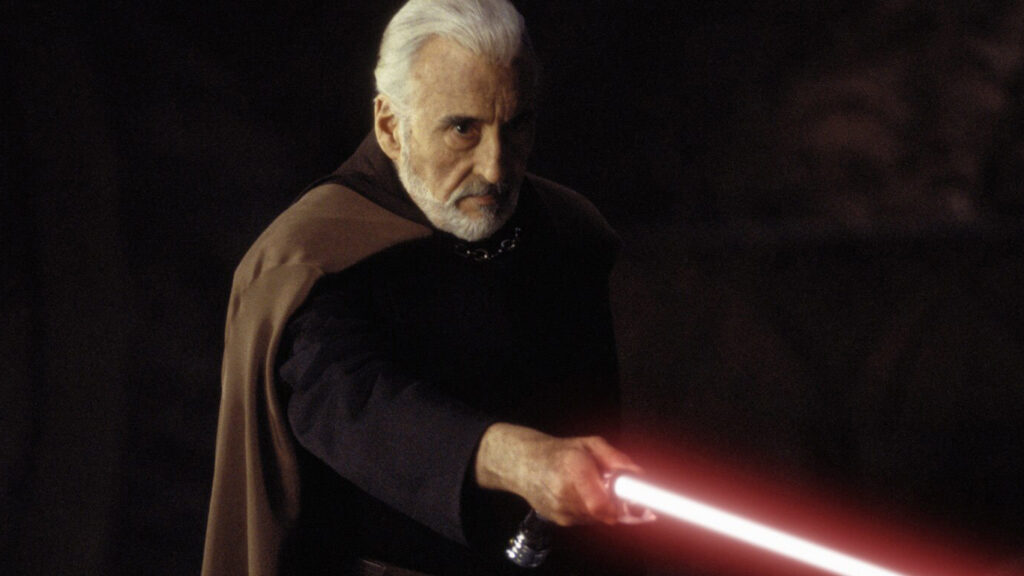
This alternative perspective suggests that Count Dooku, the former Jedi turned Sith Lord, harbored a belief that he was the Chosen One foretold by the Jedi prophecy.
It posits that Dooku, played by Christopher Lee, interpreted the ancient prophecy in a manner that aligned with his own aspirations for power and influence.
According to this speculative narrative, Dooku, disillusioned with the Jedi Order and its perceived shortcomings, began to see himself as a force for change within the galaxy.
The Chosen One prophecy, which foretold the arrival of an individual destined to bring balance to the Force, could have been interpreted by Dooku as a call for a radical shift in the Jedi’s approach to maintaining equilibrium.

In this view, he might have seen himself as the one capable of challenging the status quo and steering the galaxy toward a new era of balance.
Dooku’s departure from the Jedi Order and subsequent alliance with Darth Sidious could be seen as a calculated move to fulfill what he believed was his destiny.
As the leader of the Separatists, Dooku aimed to reshape the galaxy and, in his interpretation, restore balance by challenging the Jedi and the Republic.
This theory suggests that Dooku’s actions were driven not only by a lust for power but also by a conviction that he was the Chosen One, destined to bring about a transformative shift in the Force.
Anakin & Obi-Wan Were A Force Dyad
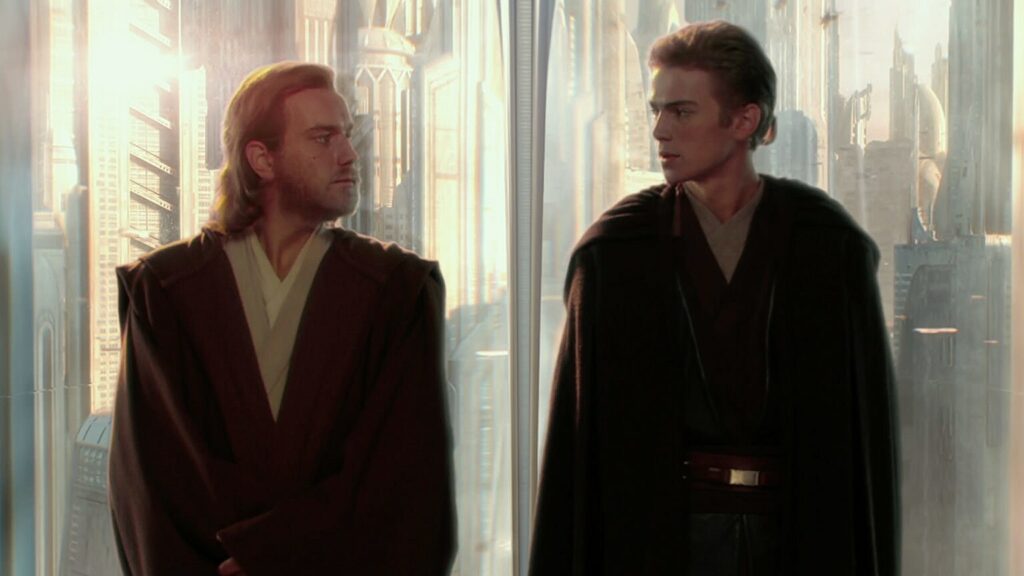
One intriguing idea centers around the concept of Anakin Skywalker and Obi-Wan Kenobi forming a Force dyad—an exceptionally rare and potent connection in the Force.
The notion of a Force dyad gained prominence in the sequel trilogy, particularly in The Rise of Skywalker, where Rey and Kylo Ren were revealed to share this unique bond.
However, some fans propose that the roots of this extraordinary connection trace back to the prequel trilogy, specifically between the dynamic duo of Anakin and Obi-Wan.
The theory suggests that the strong and complex relationship between Anakin and Obi-Wan went beyond the typical master-apprentice dynamic, evolving into a connection that transcended the boundaries of the Force.
This deep, intrinsic link is posited to be a Force dyad, an extraordinary phenomenon that brings two individuals together in ways that enhance their strength and abilities in the Force.
Anakin and Obi-Wan’s destinies, forever entwined, would be defined by this unique bond.
Proponents of this theory point to the pivotal events in the prequel trilogy, especially Anakin’s turn to the dark side and his eventual redemption.
The theory suggests that the intense emotional experiences shared by Anakin and Obi-Wan fueled the power of their Force dyad, influencing the course of galactic history.
The tragic events of Mustafar, where Anakin succumbed to the dark side, and the subsequent confrontation on the Death Star, where he found redemption, are seen as moments when the Force dyad manifested its full potential.
Anakin’s Death Left A Lasting Legacy On Mustafar

This theory supposes that Anakin Skywalker’s tragic fall to the dark side and his fateful duel with Obi-Wan Kenobi on the fiery planet of Mustafar left a lasting legacy on the planet, not merely in terms of the physical scars etched into the landscape but in a more profound and mystical sense that echoes throughout the galaxy.
According to this theory, the intense and dark emotions surrounding Anakin’s transformation into Darth Vader and the subsequent duel imbued Mustafar with a palpable residue of the dark side of the Force.
The theory suggests that the very fabric of the planet, forever altered by the tumultuous events that transpired there, resonates with the anguish, anger, and despair associated with Anakin’s fall.
Mustafar becomes a place steeped in the echoes of a tragic destiny, a haunting reminder of the price paid for succumbing to the allure of the dark side.
Proponents of this theory point to the eerie and foreboding atmosphere of Mustafar, emphasizing the spiritual weight that lingers in the air.
The planet, once a vibrant and thriving world, transforms into a desolate and melancholic landscape that mirrors the tragedy of Anakin’s descent into darkness.
It becomes a symbolic nexus of the ongoing struggle between the light and dark sides of the Force.
While this theory extends beyond the confines of official Star Wars canon, it adds a layer of emotional depth to the significance of Mustafar in the saga.
Mustafar, rather than being merely a backdrop for a pivotal moment in Anakin’s life, becomes a haunting testament to the enduring impact of choices made in the pursuit of power.
In this interpretation, Anakin’s death resonates not only in the hearts of those who knew him but reverberates through the very soul of the planet where his destiny took its darkest turn.
Jar Jar Binks Was A Sith Lord

One of the most enduring and controversial fan theories within the Star Wars universe proposes that the seemingly bumbling and comical Gungan, Jar Jar Binks, was, in fact, a Sith Lord playing a deceptive role in the events of the prequel trilogy.
This theory suggests that Jar Jar’s clumsiness and apparent idiocy were part of a cunning act to conceal his true nature as a dark side practitioner.
Proponents of the theory point to several moments throughout The Phantom Menace where Jar Jar’s actions seemed to defy the laws of probability, allowing key events to unfold in ways advantageous to the Sith.

From accidentally taking out battle droids in the midst of a chaotic battle to his influential role in proposing emergency powers for Chancellor Palpatine, Jar Jar’s seemingly fortuitous presence raises suspicions.
The theory proposes that Jar Jar’s true allegiance was with Darth Sidious, the puppet master orchestrating the rise of the Sith and the fall of the Galactic Republic.
Jar Jar’s apparent buffoonery is suggested to be a carefully crafted façade, concealing his mastery of Sith techniques and his role as a key agent in destabilizing the galaxy.
His promotion of emergency powers for Palpatine is seen as a deliberate move to accelerate the transformation of the Republic into the Empire.
While this theory remains firmly within the realm of fan speculation, it has garnered attention for its imaginative reinterpretation of a character often criticized for being incongruent with the tone of the series.
Anakin Was Not The Chosen One
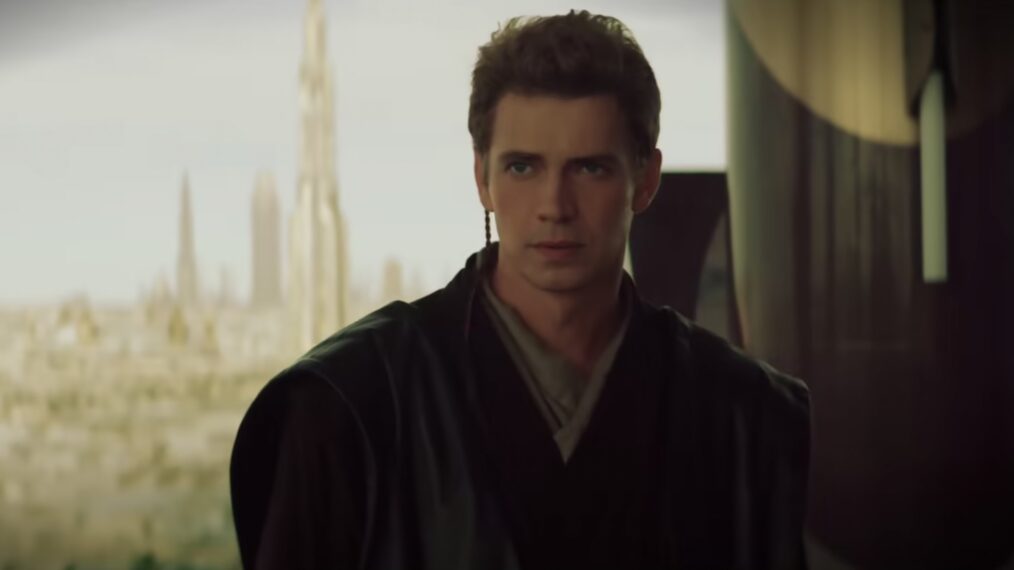
A thought-provoking and unconventional idea challenges the foundational concept that Anakin Skywalker was the prophesized Chosen One destined to bring balance to the Force.
This theory suggests that the Jedi Order misinterpreted or misconstrued the prophecy, leading them to believe that Anakin was the one fated to fulfill this crucial role.
Proponents of this theory often point to the ambiguous nature of the prophecy itself, which foretells the arrival of a Chosen One who will bring balance to the Force.
The interpretation hinges on the question of what “balance” truly means in the context of the Star Wars universe.
While the Jedi assumed it meant the eradication of the Sith and the triumph of the light side, this theory suggests an alternative reading: that balance involves a coexistence of both light and dark aspects of the Force.
According to this interpretation, the Jedi’s strict adherence to the light side and their efforts to suppress the dark side may have inadvertently disrupted the natural equilibrium of the Force.
Anakin, instead of being the Chosen One to eliminate the dark side, could have been a catalyst for a necessary realignment.

His actions, including his fall to the dark side and the subsequent rise of the Sith, may have been essential components of a larger cosmic balance.
While this theory challenges the prevailing narrative of Anakin as the Chosen One, it introduces a compelling perspective on the complexities of the Force and the Jedi’s understanding of their own prophecy.
The notion that Anakin’s destiny might not align with the Jedi’s interpretation adds layers of philosophical depth to the Star Wars saga, prompting fans to reconsider the nature of balance.
Conclusion
From the enigmatic prophecies surrounding the Chosen One to the unexpected allegiances of beloved characters, these theories have not only revitalized the Star Wars narrative but have also demonstrated the enduring creativity and passion of the fan community.
It becomes apparent that these fan theories offer more than mere alternatives to the prequels—they represent a collective endeavor to enrich and expand upon the Star Wars saga.
The fervor and dedication fans invest in crafting these intricate narratives underscore the timeless appeal of George Lucas’s creation and the enduring impact it has had on generations of enthusiasts.
They remind us that the Star Wars universe is not confined to the narratives presented in theaters but is a living, breathing entity that evolves and thrives through the collective imagination of its fanbase.
In the end, the Star Wars saga is a collaborative tapestry, woven by the creative forces of filmmakers, writers, and, perhaps most significantly, the impassioned fans who have kept the flame of the Force burning for decades.
These fan theories, born out of love for the galaxy far, far away, serve as a testament to the enduring legacy of Star Wars and the power it holds to inspire, captivate, and ignite the imaginations of fans around the globe.
